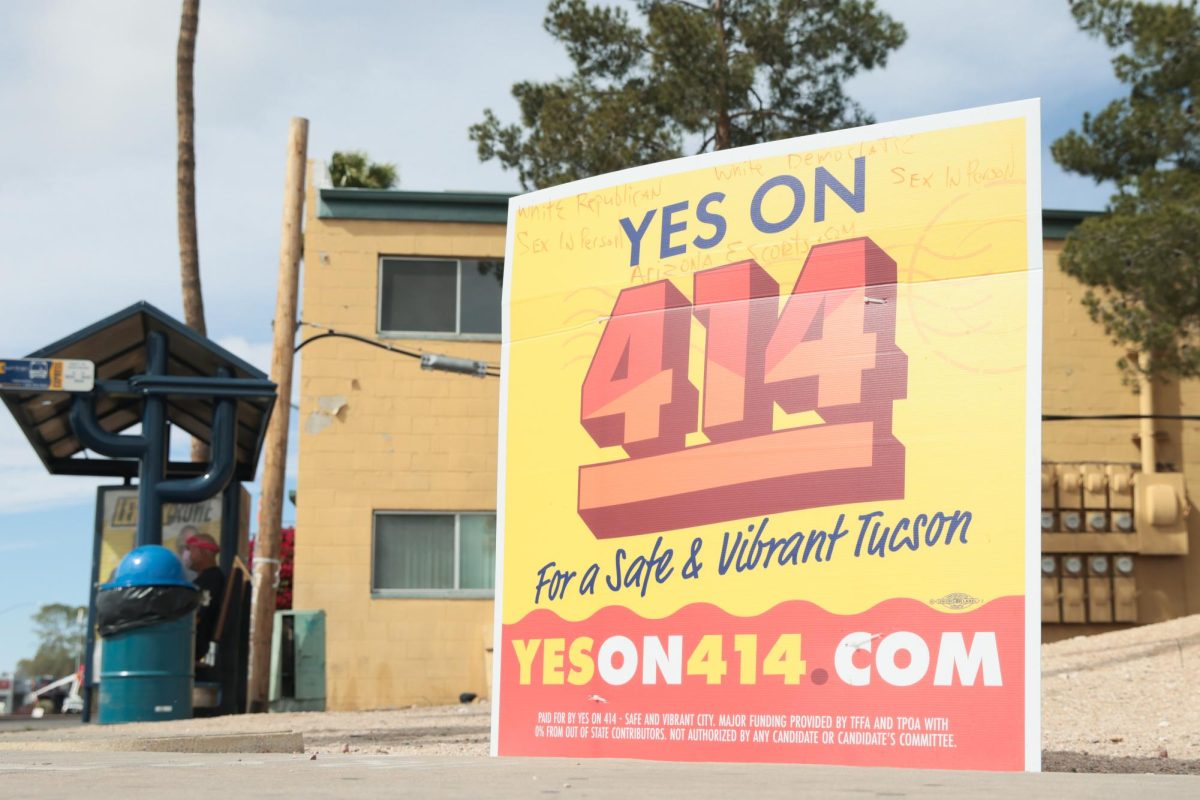While comic books might not have as many pages as standard books, they still fall in the category of graphic novels.
As students are off on a beach in Cancun or playing water sports in Lake Havasu, the vacant UA campus will be host to the 10th annual Tucson Festival of Books. The festival features “Dreaming in Color: Latinx Comic Universe” a panel scheduled for Saturday, March 10, that delves into the world of latinx comics.
Dr. Frederick Aldama and Edgardo Miranda-Rodriguez will discuss the mind-bending world of graphic novels and comic books with a Latinx cultural focus.
RELATED: BOOK REVIEW: Controversial author offers border insight
“I started doing a series of Latinx comics and of course comic book graphic memoirs, graphic novels, etc.,” said Aldama, a graphic novelist and distinguished professor of English and University Distinguished Scholar at Ohio State University.
Aldama’s published works include “Long Stories Cut Short: Fictions from the Borderlands,” “Your Brain on Latino Comics,” and “The Cinema of Robert Rodriguez,” among others.
Latinx comics are novels portraying Latin American characters with diverse identities.
“Latinx is a more gender-LGBTQ-inclusive way of identifying Latino or Latinas, it is a way of saying we are more than just men and women,” Aldama said.
Another author in the panel is adventure novelist Jacob Devlin, a UA alumnus with published works like “The Carver” and “The Unseen.”
“When you read, I believe it is a supplement to yourself since you’re absorbing information through the words of the author, who has gone through different experiences than you have,” said Devlin.
According to Devlin, including storytellers that are different, both in ethnic background and gender identity, can make you enlightened in an uncomfortable way or in a welcoming way.
Either way, you learn more about yourself.
“I remember when I was in elementary school I would read the Bailey School Kids books — they would have weird titles like “Witches Don’t Eat Potato Chips,” Devlin said. “As weird as these books can be it really shows how different people can bring something new to the table from their own backyard.”
According to Aldama, the best stories and best characters in comic books can come from diversifying the one telling the story. Aldama compared how featured Latinx heroes in comics could reach the heights Marvel’s recent film adaptation of Black Panther has.
“Finally, we have an epic heroic story from the comic book universe that is delivering the nuance of community and brings us complex heroes and complex villains,” said Aldama. “I want that for us, for the Latinx audiences. I want a Wakanda [fictional African country in Marvel comics], a Black Panther for us Latinx people.”
RELATED: EDITORIAL: Festival of Books offers experience like no other
According to Aldama, the Latinx community can do the same with characters like Marvel’s White Tiger, a Latino superhero created by a Latino artist.
“One way we can do this is with White Tiger — alter ego: Hector Ayala — this amazing superhero created by George Perez in the ‘70s, who then hands off his mantle to his niece; so here we have gender inclusivity,” Aldama said.
According to Aldama, the Latinx community has the capacity to tell stories of both real heroes like Cesar Chavez as well as fictitious superheroes like Miles Morales [Spiderman].
Follow Victor Garcia on Twitter








